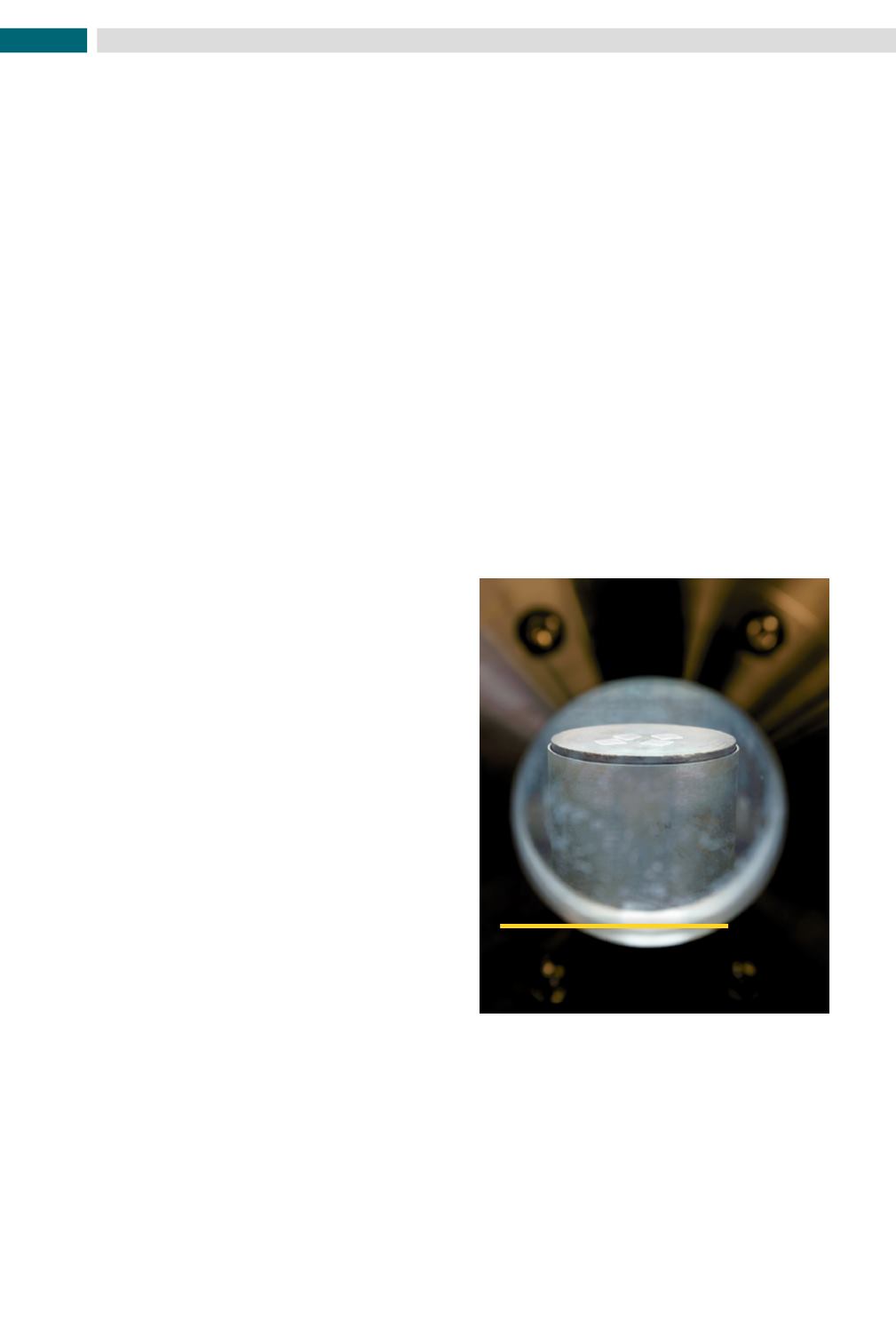

82
18. CONCLUSION
The 84
th
Executive Council meeting of IUVSTA was held
in Namur, Belgium, in April 2000. This city had been the
site of the first International Conference on Vacuum
Technology in 1958, which had led to the formation of
IOVST (1959) and IUVSTA (1962) and the BelgiumVacuum
Society (BELVAC) arranged a commemorative session to
follow the ECM, complete with historical presentations
and a display of old equipment and documents relating
to the 1
st
IVC and the formation of IOVST and IUVSTA.
As one looked at the display of very early
vacuum equipment (supplied by J. Dupont
(B) from his own collection) it was incredible
to see how rapidly this field has advanced in
just 40 years. This rapid growth is indicative
of how strongly the recent developments in
the field of high technology have required,
or been enabled by, vacuum environments.
The commercial and strategic incentives of
this industry have ensured good funding for
research and there has been unprecedented
collaboration between industry, scientists
and technologists to rapidly develop new
ideas into practical applications.
For the first half of the 20
th
century the
largest applications for vacuum science
and technology were for the development
and manufacture of light bulbs and vacuum
tubes for X-rays, radio, television and radar.
Then, during World War II, heavy demands
were placed on vacuum equipment
manufacturers to supply large quantities of
high-speed vacuum systems for numerous
applications related to atomic fission.
Space research, starting in the early 1960’s,
placed even more stringent requirements
on the equipment manufacturers for fast-
pumping vacuum systems for use in large
space simulators. Today, devices used for
atomic fusion experiments and particle
accelerators continue to create a demand
for large ultrahigh vacuum systems. Even
though production of vacuum tubes has
decreased drastically, the solid-state devices,
integrated circuits and micro-chips that have
replaced them require more sophisticated
vacuum equipment in their processing and
manufacture than did the vacuum tubes.
Examples of modern electronic processing
that require vacuum are plasma etching,
PECVD reactor (Plasmionique ) for surface
functionalization and thin film deposition -
2PM/IRCP/Chimie Paristech, Paris, France









